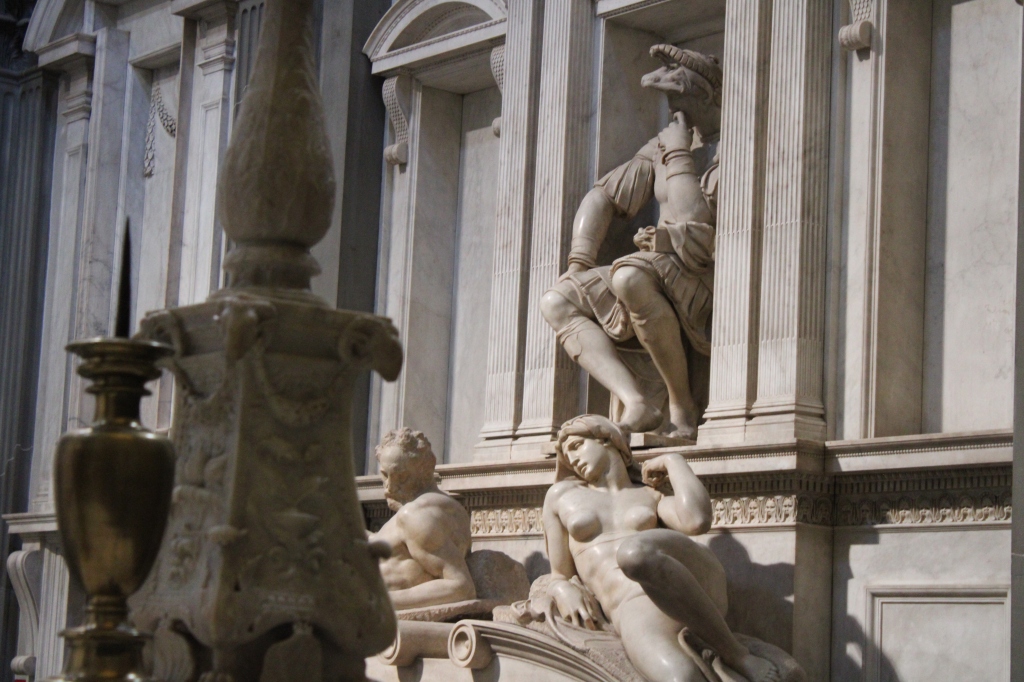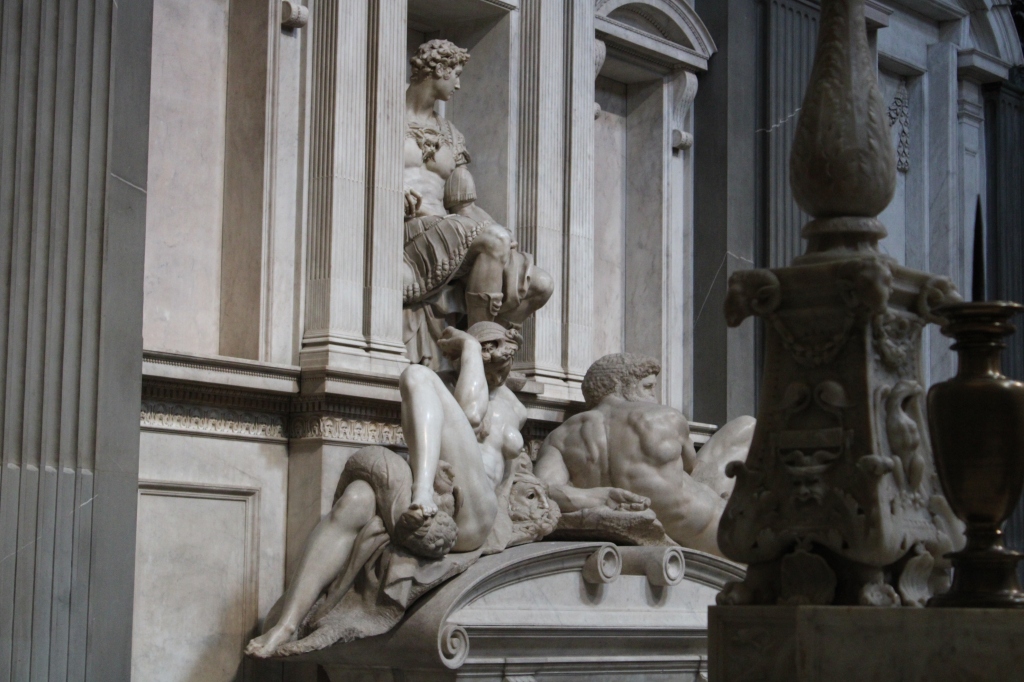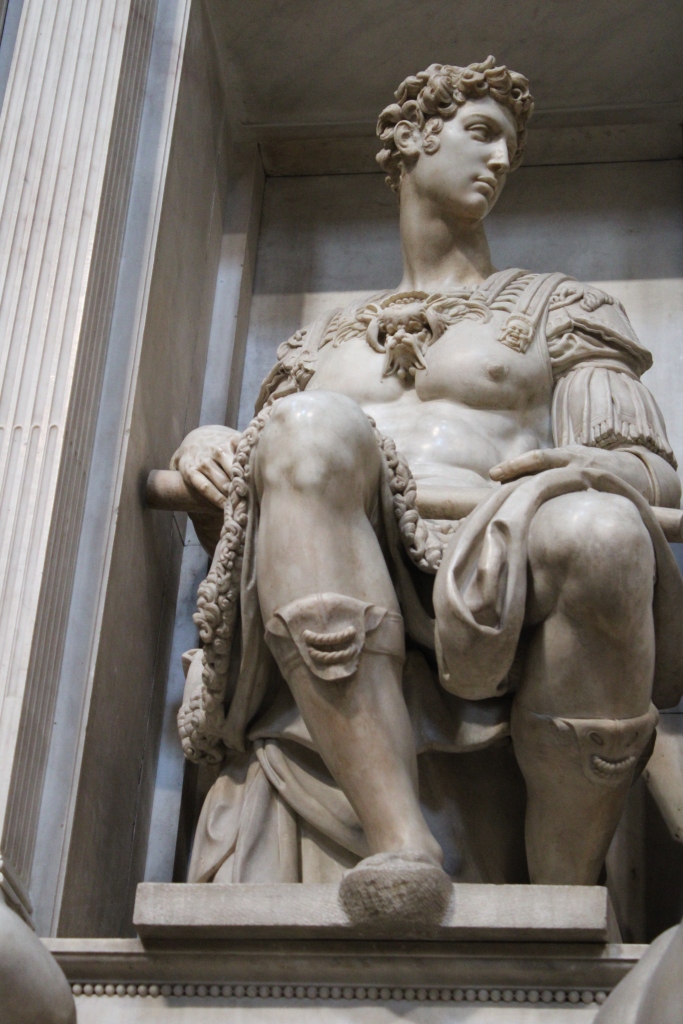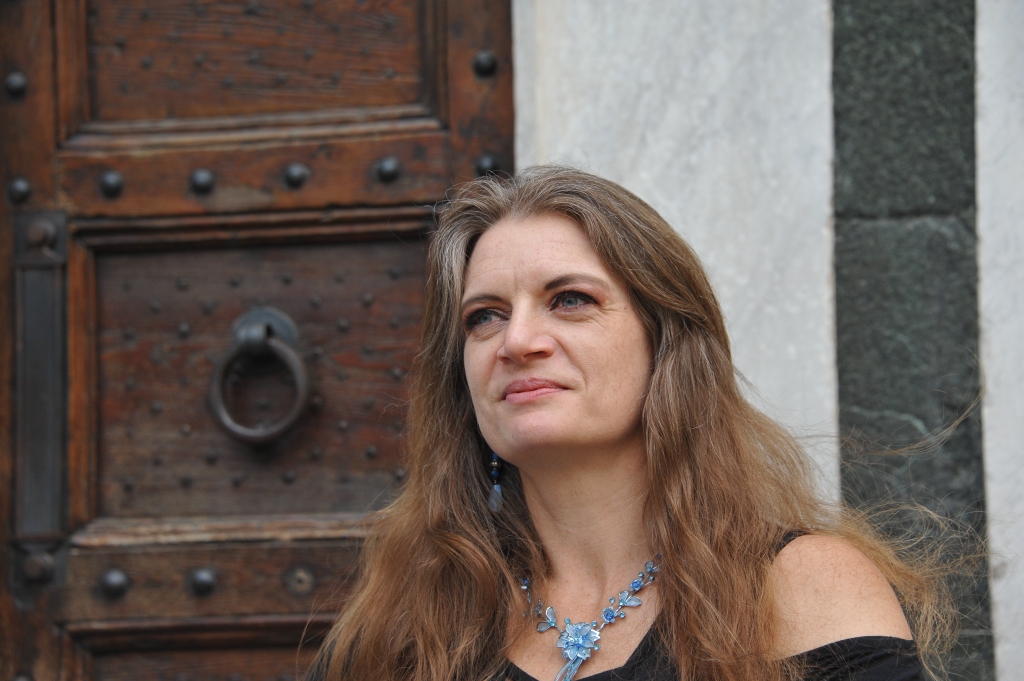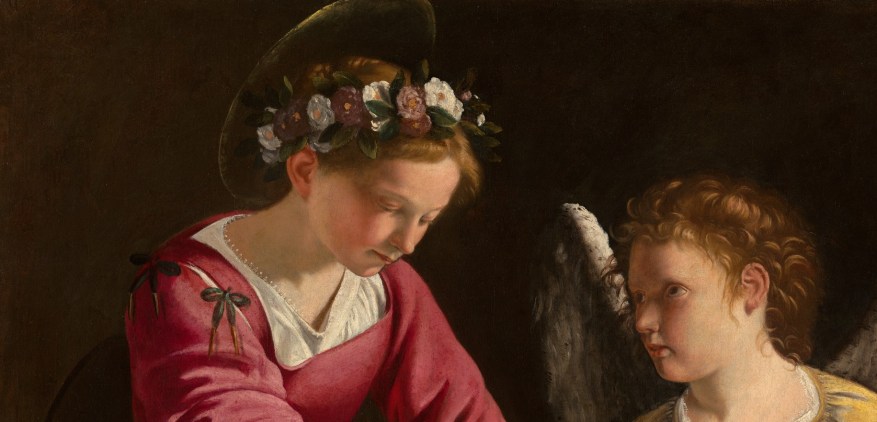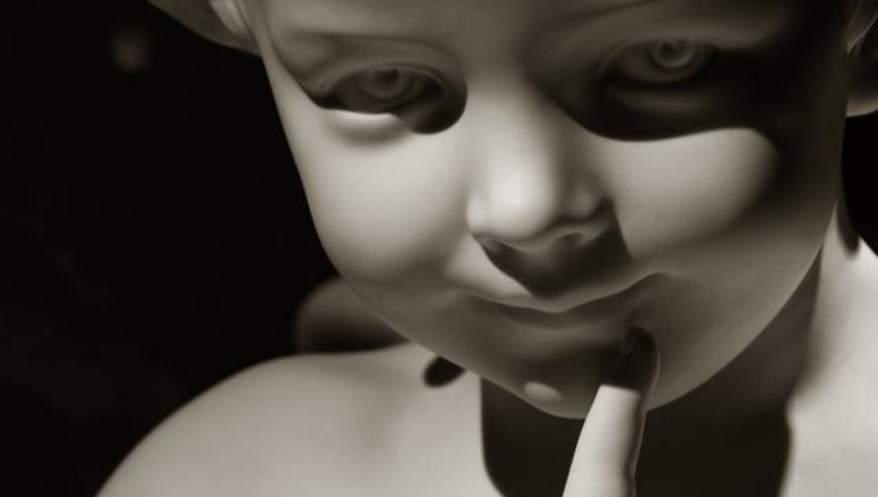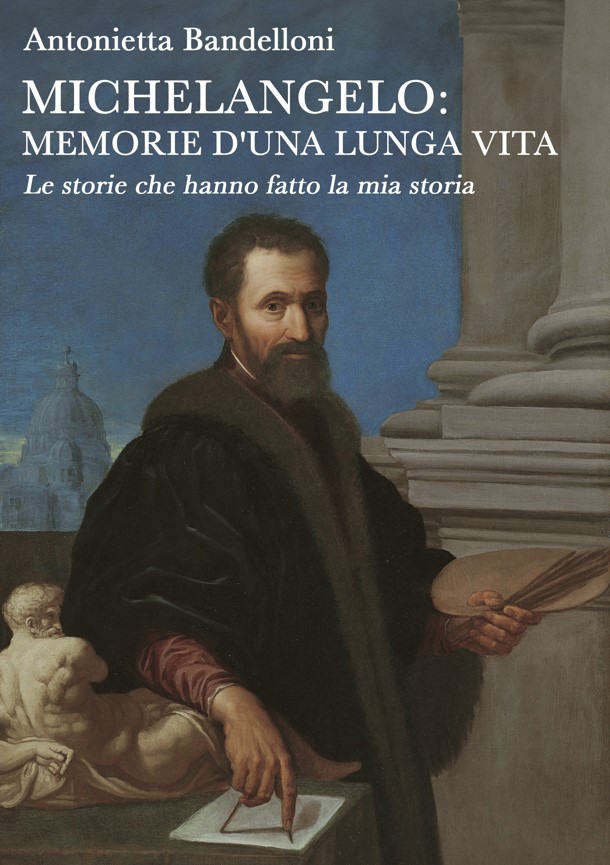Quando ragnatele e polvere regnavano sovrane nella Sagrestia Nuova
Quando Clemente VII de’ Medici passò a miglior vita il 25 settembre del 1534, si fermarono i lavori al cantiere della Sagrestia Nuova.
Io ero arrivato Roma da poco e non immaginavo in quel momento che non avrei mai più fatto ritorno a Firenze. Dell’intero complesso laurenziano, biblioteca compresa, avevo portato a termine solo la tribuna delle Reliquie nella controfacciata della basilica.
Per quanto riguarda la sistemazione della Sagrestia, ero riuscito a concludere i due capitani e a farli posizionare nelle rispettive nicchie dove tutt’oggi li potete ammirare. Delle effigi della Terra e del Cielo avevo fatto solo il modello ma erano tutte da scolpire. Avevo affidato al Tribolo quel compito ma poi quelle due opere non vennero proseguite.
Gli stucchi dorati destinati a decorare il soffitto a cassettoni li aveva realizzati Giovanni da Udine seguendo scrupolosamente il mio progetto. Per le lunette al di sopra delle tombe dei duchi, avevo disegnato le decorazioni ma anche quelle furono ben presto accantonate.
I lavori alla Sagrestia non furono ripresi nemmeno quando Alessandro de’ Medici divenne il primo duca di Firenze, dal 1532 fino al giorno della morte, quando il cugino Lorenzino de’ Medici detto Lorenzaccio, assieme a un suo sicario, lo uccise nel 1537.
Bisognò aspettare Cosimo I affinché i lavori in quel luogo, sebbene stesse divenendo sempre più celebre fra chi amava l’arte, riprendessero.
Il Riccio, nel 1546, scrisse della ripresa dei lavori nella Sagrestia e nella Biblioteca “Et ci farà piacere, così s’andra rassettando tutti doi questi luoghi da ragnatele e dalla polvere che n’hanno di bisogno, accertandola che tutta Firenze s’è allegrata di questo fatto come degno di V.E.”.
Per il momento il sempre vostro Michelangelo Buonarroti vi saluta dandovi appuntamento ai prossimi post e sui social.
When cobwebs and dust reigned supreme in the New Sacristy
When Clement VII de’ Medici passed away, on 25 September 1534, work on the construction site of the New Sacristy stopped.
I had recently arrived in Rome and I didn’t imagine at that moment that I would never return to Florence again. Of the entire Laurentian complex, including the library, I had only completed the tribune of the Relics on the counter-façade of the basilica.
As regards the arrangement of the Sacristy, I managed to finish the two captains and have them positioned in their respective niches where you can still admire them today. I had only made the model of the effigies of the Earth and the Sky but they all needed to be sculpted. I had entrusted that task to Tribolo but then those two works were not continued.
Giovanni da Udine had created the golden stuccos intended to decorate the coffered ceiling, scrupulously following my project. I had designed the decorations for the lunettes above the tombs of the dukes but those too were soon set aside.
Work on the Sacristy was not resumed even when Alessandro de’ Medici became the first Duke of Florence, from 1532 until the day of his death, when his cousin Lorenzino de’ Medici known as Lorenzaccio, together with one of his assassins, killed him in 1537.
It was necessary to wait for Cosimo I so that the works in that place could resume, even though he was becoming increasingly famous among those who loved art.
Riccio, in 1546, wrote of the resumption of work in the Sacristy and in the Library: “And it will please us, so we will continue to tidy up all these places from the cobwebs and dust that need it, making sure that all of Florence has happy with this fact as worthy of Your Excellency”.
For the moment, your always Michelangelo Buonarroti greets you and will meet you in the next posts and on social media.

Sostienici – Support Us
Se questo blog ti piace e ti appassiona, puoi aiutarci a farlo crescere sempre più sostenendoci in modo concreto condividendo i post, seguendo le pagine social e con un contributo che ci aiuta ad andare avanti con il nostro lavoro di divulgazione. . ENGLISH: If you like and are passionate about this blog, you can help us make it grow more and more by supporting us in a concrete way by sharing posts, following social pages and with a contribution that helps us to move forward with our dissemination work.
10,00 €
-
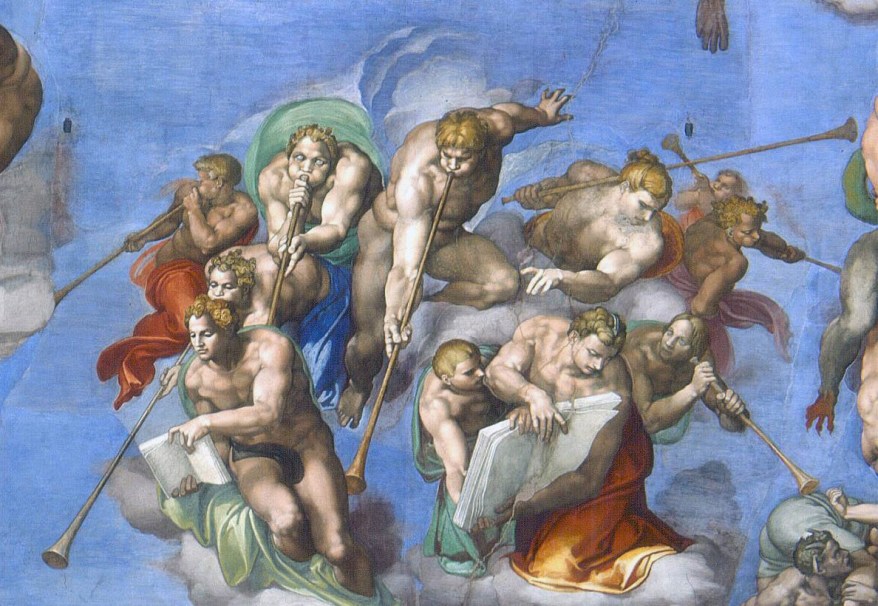
Quando i libri diventano simboli: cosa raccontano davvero nei capolavori della pittura
🇮🇹I libri nelle opere d’arte non sono mai solo dettagli fine a sé stessi. Spesso custodiscono significati nascosti, simboli di conoscenza, fede o identità. Dal Medioevo al Rinascimento, leggere nei quadri era un gesto potente e poteva avere vari significati… 🇬🇧Books in artworks are never just details for their own sake. They often hold hidden…
-
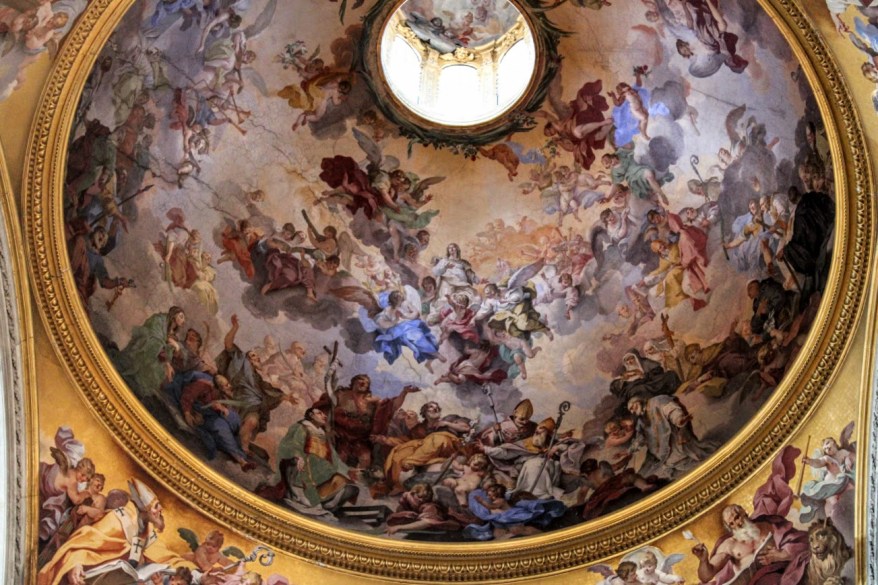
Il Giudizio Universale di San Lorenzo: l’ultimo capolavoro dei Medici nella Firenze del Settecento
🇮🇹Nella Cupola di San Lorenzo, un affresco settecentesco segna l’addio dei Medici: il Giudizio Universale di Vincenzo Meucci… 🇬🇧In the Dome of San Lorenzo, an eighteenth-century fresco marks the farewell of the Medici: Vincenzo Meucci’s Last Judgement…
-
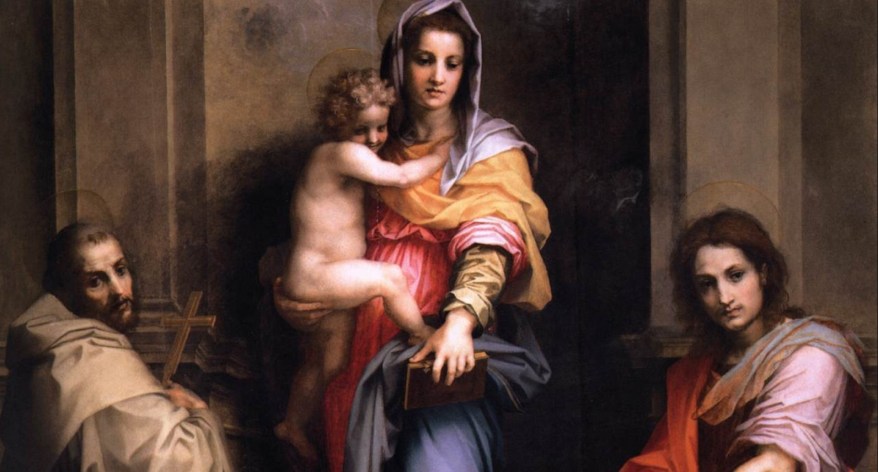
Andrea del Sarto, il pittore senza errori, e il suo dipinto più enigmatico agli Uffizi
🇮🇹La Madonna delle Arpie di Andrea del Sarto, il “pittore senza errori” secondo Vasari in realtà non raffigura ciò che la dicitura proclama ma sono invece le locuste dell’Apocalisse… 🇬🇧 Andrea del Sarto’s Madonna of the Harpies, the “painter without errors” according to Vasari, doesn’t actually depict what the caption proclaims, but rather the locusts…


